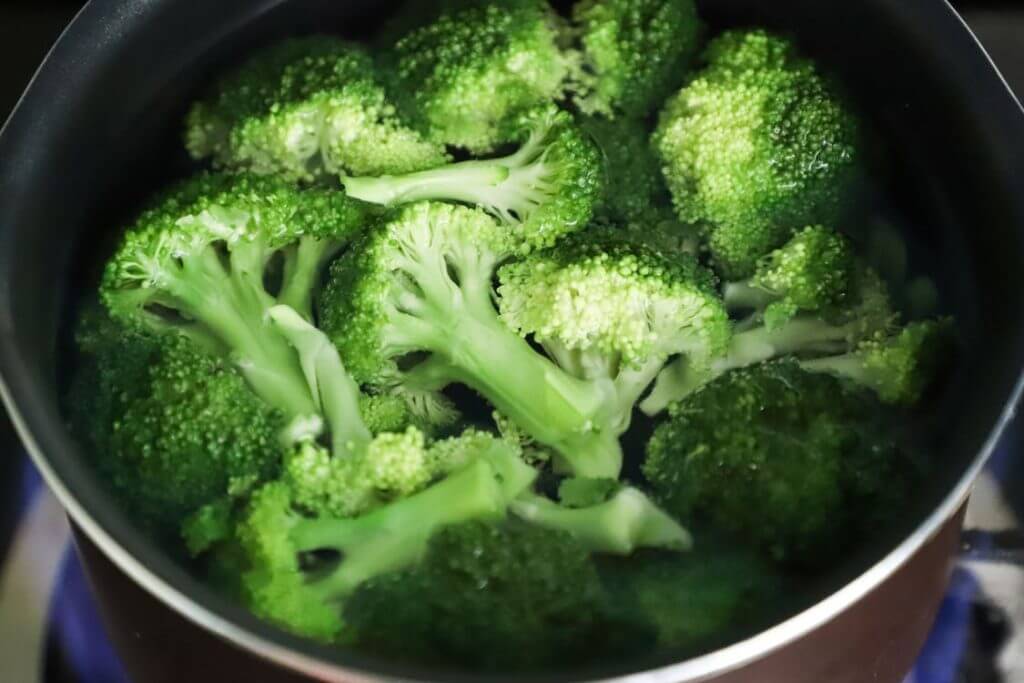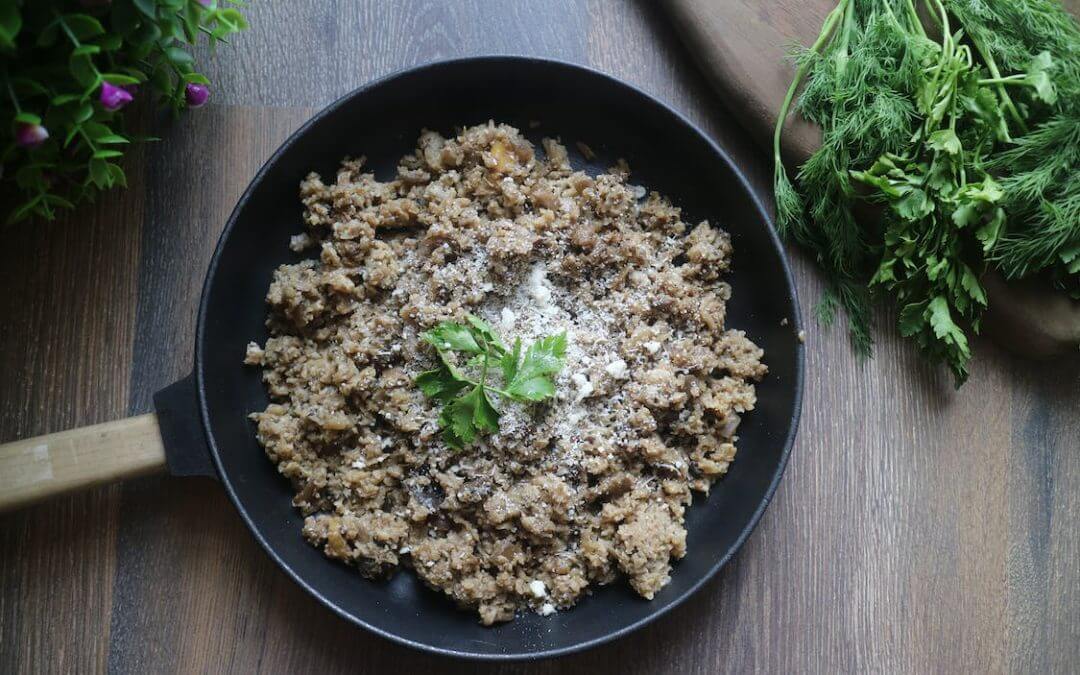The right diet plan can help you lose weight and improve your health. But before you choose one, consider your preferences, lifestyle and weight loss goals.
A good plan should be enjoyable, sustainable and promote a healthy body image. It should also include lean proteins (fish, poultry, soy-based options like tofu or tempeh) and whole grains that provide a host of benefits.
1. The Mediterranean Diet
Named one of the world’s healthiest diets by the American Heart Association in 2022, this eating plan focuses on whole healthy foods and emphasizes fish, olive oil, beans and nuts. It also limits processed dairy and eats plenty of vegetables, fruits, whole grains and lean protein.
The Mediterranean Diet discourages saturated and trans fat, which can increase LDL (bad) cholesterol levels. It also limits sodium, sugar and additives like emulsifiers, preservatives and artificial coloring.
It focuses on eating slowly to help patients enjoy and savor their food, which can aid in digestion. It can also help patients tune in to their bodies hunger and fullness signals so they’re less likely to overeat. It is an approach to eating that research links to a variety of positive health outcomes, including heart disease, cancer and dementia. It’s also an easily sustainable lifestyle that can fit most any diet.
2. The Ornish Diet
The Ornish Diet focuses on plant-based proteins and whole foods while limiting processed foods, sugar, alcohol, and animal fats. Fruits, vegetables, whole grains, legumes, soy foods, nuts, egg whites, and nonfat dairy are encouraged in the diet, along with two servings of healthy fat per day (like olive oil or avocados).
The diet also limits saturated and trans fats and encourages omega-3 fatty acids, which may improve heart health and reduce the risk of diabetes and cancer. It also emphasizes exercise, stress management, and love and social support.
The Ornish diet may seem expensive at first, but over time you should save money by eliminating meat and processed food purchases. Plus, you will likely save on health care costs over the years. The Ornish Diet has been shown to reduce the risks of cardiovascular disease and prostate cancer.
3. The Flexitarian Diet
If you’re looking for a diet that’s not too restrictive or has super strict rules but still allows you to enjoy meat from time to time, this one might be the perfect option for you. Registered dietitian Kate Patton calls this diet the “electable vegetarian option.”
The flexitarian diet was ranked number two in 2022 Best Diets Ranking by U.S. News and World Report, and it’s all about incorporating more plant-based foods into your meals, including fruits, vegetables, whole grains, beans, lentils, nuts, and seeds, while limiting the amount of meat you consume. This diet also includes low-fat dairy products for calcium, phosphorus, and vitamin D. It also encourages reducing your intake of saturated fat, added sugars, and sodium. So, if you’re interested in giving it a try, here are three simple steps to get started.
4. The Mayo Clinic Diet
The Mayo Clinic Diet gets a bad reputation thanks to countless urban myth fad diets that use the clinic’s name. But this plan from the doctors at the famous Minnesota medical center is designed to help you lose weight while adopting healthy habits that will last a lifetime.
The program stresses nutrient-dense foods and emphasizes moderation. It doesn’t ask you to eliminate any food groups or limit calories, but it does encourage you to eat more fruits, vegetables, and whole grains and to avoid processed foods that are high in fat, sugar, and salt.
The program includes online tools like a food tracker, exercise journal, and a support community. But you’ll also have to commit to grocery shopping for the right foods and sticking with the plan. A monthly subscription to the plan starts at $20 a month.
5. The Volumetrics Diet
The Volumetrics Diet emphasizes eating low-calorie foods that fill you up. The diet encourages you to eat food that is high in fiber and water, like fruits, vegetables, broth-based soups, whole grains, and lean meats. The Volumetrics diet also allows you to eat a little bit of high-calorie foods, such as cheese and nuts.
The diet is designed to be sustainable and healthy in the long run, rather than a short-term weight loss solution. This may make it easier to stick with than some other diets, especially those that restrict entire food groups or require calorie counting.
The Volumetrics Diet also requires a lot of meal planning and cooking, which can be difficult for people who don’t enjoy these activities or have limited time. It can also be expensive, as it requires a lot of fresh produce and other healthy foods.
6. The Ketogenic Diet

The Ketogenic Diet, also known as the “keto diet,” is a high-fat, low-carbohydrate eating plan. It is often used to treat medical conditions, including epilepsy, and has been shown to help promote weight loss.
The keto diet depletes the body of carbohydrates, which is its primary fuel source, forcing it to burn fat for energy. This increases ketone levels in the blood, which suppresses appetite and decreases food cravings.
The diet requires the use of high-fat foods, such as avocados, berries, nuts, and even ketones drink. This can increase cholesterol and raise blood pressure, which could lead to heart disease in some people. The diet should be used under the guidance of a physician or registered dietitian. It is not recommended for people with heart disease or diabetes. A well-formulated ketogenic diet limits protein intake moderately and emphasizes fats, such as olive oil, coconut oil and high oleic types of safflower or sunflower oils.
7. The Pritikin Diet
The Pritikin diet is a low-fat eating plan that emphasizes whole grains, fruits, vegetables and lean protein. It encourages dieters to eat large amounts of fresh, frozen and canned vegetables and to limit high-calorie desserts and other processed foods.
The plan does allow small servings of animal proteins, such as poultry, fish and eggs, but discourages the consumption of red meat, dairy products and butter, which are rich in saturated fats. It also limits foods such as fried and fast food.
It also encourages dieters to eat several small meals throughout the day, which can help them feel full. The plan has many health benefits including weight loss, lower cholesterol and reduced heart disease risk. This fad diet is one of the few with research supporting its effectiveness.
8. The South Beach Diet
The South Beach Diet is a popular low-carb diet that promotes weight loss and heart health. Its key is to teach dieters how to identify good carbohydrates and fats from bad ones.
This is achieved through the three phases of the diet. During the first phase, you cut out most carbs and eliminate processed foods. This kick-starts weight loss, which is suggested to be around 8-13 pounds in two weeks. This is mostly water weight though.
During this phase, you can eat lean meats, fish, eggs, nuts and seeds, low-fat cheese, non-starchy vegetables and small amounts of fruit. But you have to avoid fatty cuts of meat, boiled ham, bacon, beef jerky and sugary snacks. You also have to limit alcohol. In phase 2, you start adding more “good carbs,” like whole grains and lower-sugar fruits.
9. The Atkins Diet
The Atkins Diet is a popular low-carb diet that emphasizes fat and protein as the main energy sources. The Atkins diet also encourages dieters to eat high-fiber vegetables and limit sugary fruits, starchy foods and processed grains.
The plan has multiple phases, each designed to help a dieter lose weight. The first, Induction, restricts carbohydrate intake to under 20 grams per day for two weeks. This allows the body to switch from using carbohydrates for energy to burning fat, which burns more calories.
The next phase, Ongoing Weight Loss, allows a few more grams of carbs and introduces low-carb vegetables and nuts. The third, Pre-Maintenance, lets dieters slowly add more carbs until they find their Carb Balance and reach a healthy weight for life. The final, Lifetime Maintenance, is meant to be a permanent way of eating.
10. The Weight Watchers Diet
The Weight Watchers diet is a popular diet that uses a points system to help dieters track their food intake. Each food is assigned a value based on its calories, fat, and fiber content. Then, members are given a daily budget of points that they are encouraged to not exceed. The program also encourages the consumption of foods high in fiber, lean protein and healthy unsaturated fats while limiting those high in saturated fat, added sugar and trans fats.




